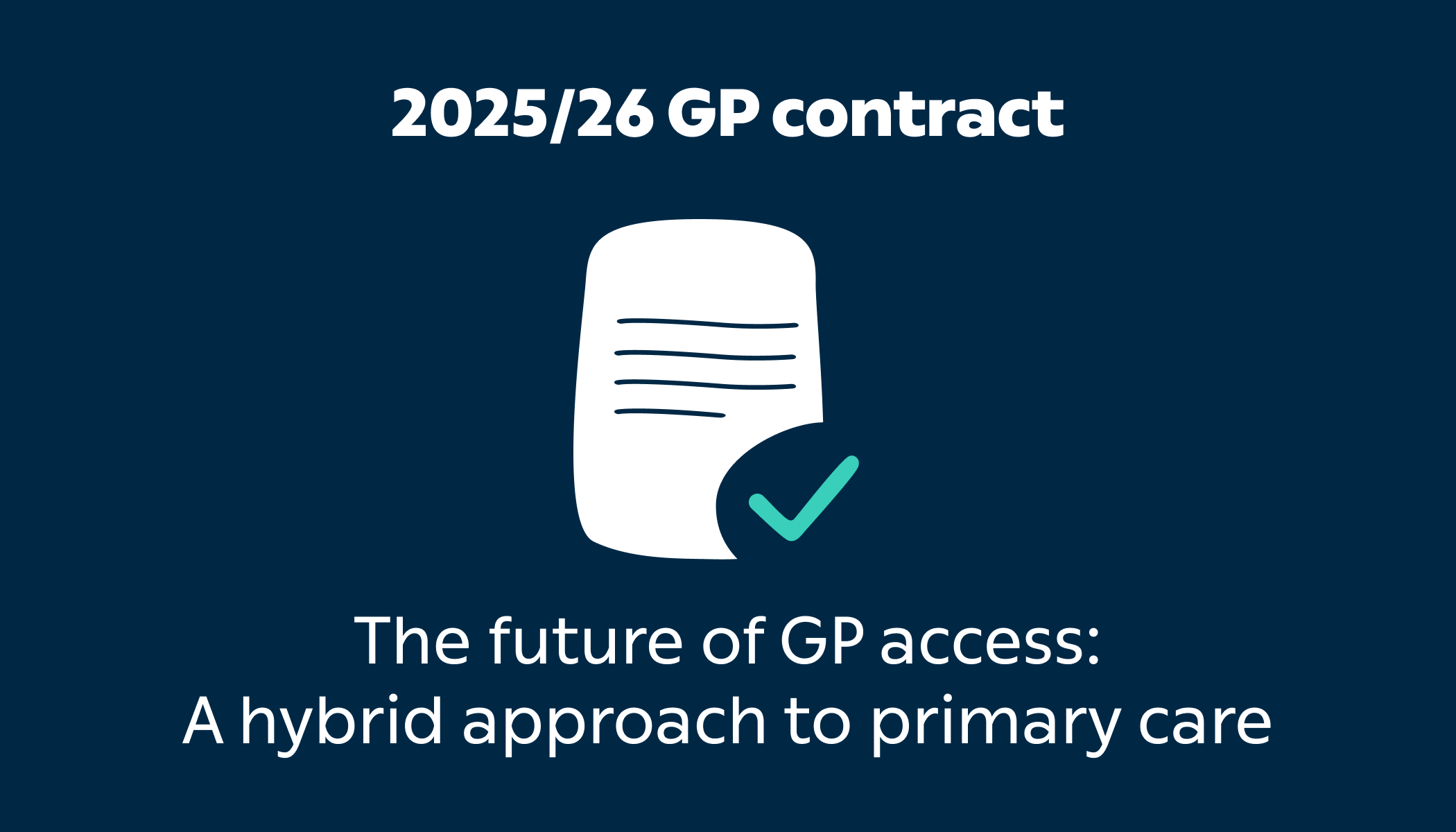Last month, the British Medical Association (BMA) called for two-year, funded fellowships to tackle unemployment among newly qualified general practitioners (GPs) and restoration of core general practice funding in a post-election roadmap that offers a 'vision to rebuild general practice'. The five-page report from our partners at the BMA details how “general practice is collapsing” in Britain, and shares some of the startling numbers when it comes to patient safety, GP burnout, staffing levels, service stability, and investment. We applaud many of the BMA’s recommendations and agree with the principles of including free at the point of use and rebuilding the front door to the NHS. But we need more innovation. Especially in the form of workforce resilience and how sustainable primary care and GP services are delivered in the future to support the growing population.
So, how can a national GP-led continuity of care model be rebuilt? Here are five big ideas offered as an extension to the BMA proposals.
1. Digital healthcare becomes just ‘healthcare’
It is widely reported that digital healthcare is here to stay. We expect all future GP services to include a digital component, and that it becomes a standard part of patient care delivery between primary and secondary care instances.
And yet, we still don’t see digital being prioritised enough in healthcare.
There are no national funding streams in the UK to scale digital appointments and digital care delivery. Unlike other European countries like Sweden or Norway, the UK continues to create a system that sees physical or face to face appointments compete with digital consultations. This should not be a choice. Digital care delivery should be embedded into our NHS to the benefit of clinicians and patients alike.
A digital first model makes it easier for healthcare professionals to deliver care: through automating admin, better communication and by offloading physical practices and freeing up appointments. Digital when needed, physical when necessary.
For patients, it’s about improved access, reliability, increased flexibility and personalisation.
For healthcare professionals, it’s about spending less time on admin, and more time with patients, delivering the right care at the right time.
At a system level, everyone benefits from improved capacity, population health and a more resilient healthcare service, all at a lower cost for taxpayers.
2. Optimised efficiency
According to the World Economic Forum, inefficiencies account for 20-30 percent of all healthcare spend. For example, qualified NHS workers spend on average around 14 hours a week doing administrative work, a 25 percent increase over the past seven years. Yet, by combining scalable technology with clinical expertise, it is possible to dramatically improve clinician workflows and enhance overall productivity.
And we can prove it. Our digital first GP model has proven to reduce time spent on administration by 40 percent since 2022. What’s more, these improvements have translated into approximately 100,000 clinical hours each year which can be re-allocated towards patient care.
3. Creating capacity
General practice is on its knees due to huge demand, fewer GPs being employed and a year-on-year lack of funding. If we accept the reality that there will never be enough available GPs to service escalating needs, chronic health conditions and so on – then the solution is to work smarter, not harder.
By directing the right patients to the right care through digital, unprecedented efficiency and capacity can be achieved. The secret lies in creating effective public-private partnerships to co-create cost-effective GP practices with a scalable model and tech that is embedded at the core.
4. Adopting a multidisciplinary workforce to support GPs
A recent survey among trainee GPs by the BMA found that seven in 10 were experiencing burnout and stress. The GP members showed it is a profession at breaking point. A massive 22 percent of respondent GPs (11,000+ in total) said it was unlikely they would still be working as an NHS GP in the next three years.
We agree with the BMA’s premise that GPs are the front door to the NHS and should be preserved, but the future GP workforce needs more flexibility to address burnout and make room for self-care.
This means clinical environments where there's less time spent on admin and being more accepting towards a multidisciplinary workforce, incorporating a range of roles from specialist nurses to social prescribers. This will in turn provide a system that delivers early intervention and one that reduces pressures on acute care settings.
5. Preventative and proactive care
The future GP service model will feature platforms that link individuals to a variety of secondary care services. This facilitates access to preventive care, consultations, and routine check-ups and self-care content.
However for a truly effective preventative system to work, we need to start early. Many future users of the NHS are already living digitally and use digital apps and services to manage aspects of their lives from food orders to banking to buying cars and properties. Yet healthcare is one sector that is being left behind. If we want a system that places prevention at the heart of diagnosis, then we need services that can adapt to the future needs of users.
We share the BMA’s desire to participate in the transformation of the NHS to prioritise safety and sustainability in primary care. And we believe that a digital-first model that drives prevention and builds back GP bandwidth, efficiency and resources is a proven concept to win back patient trust and deliver great care for everyone.


